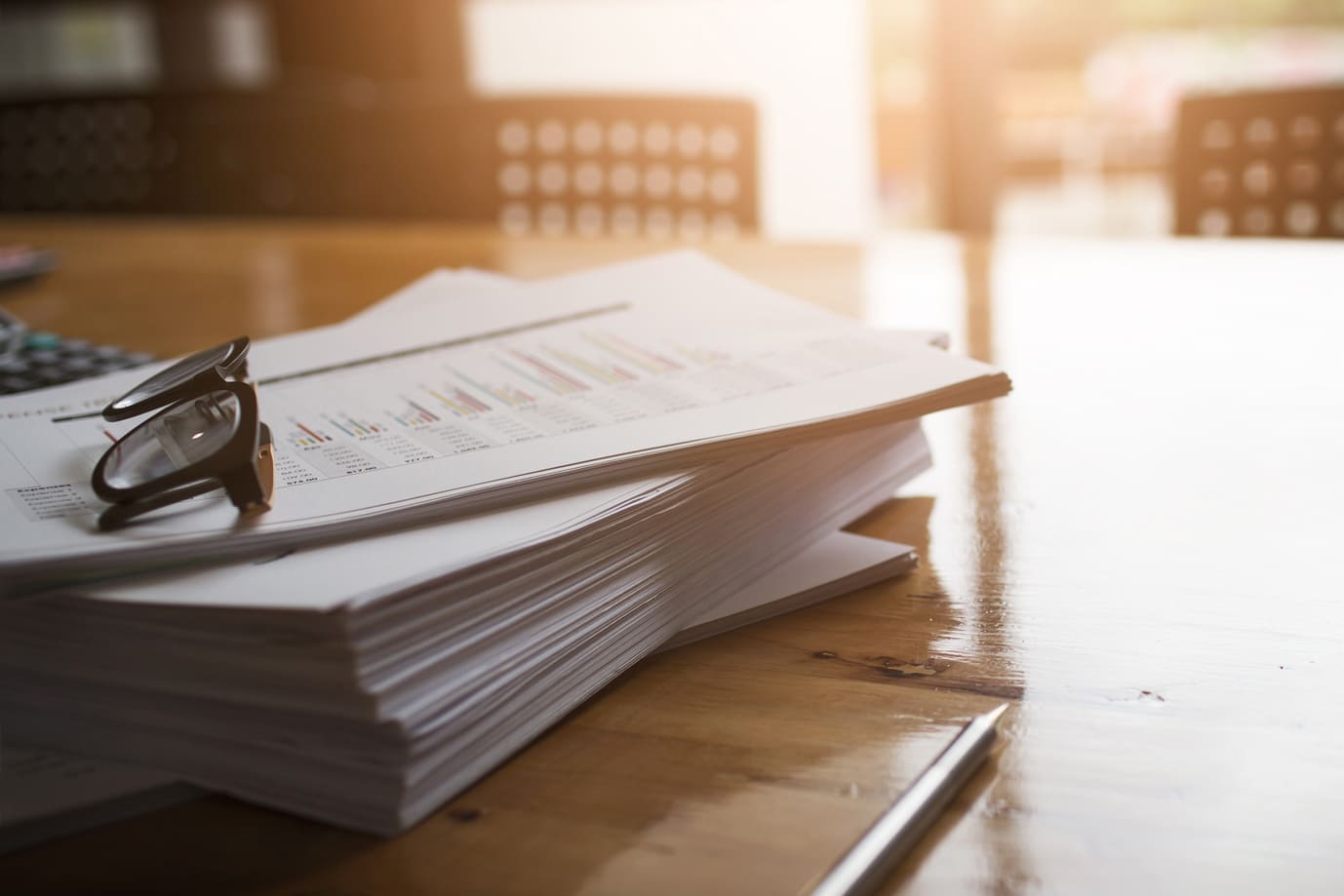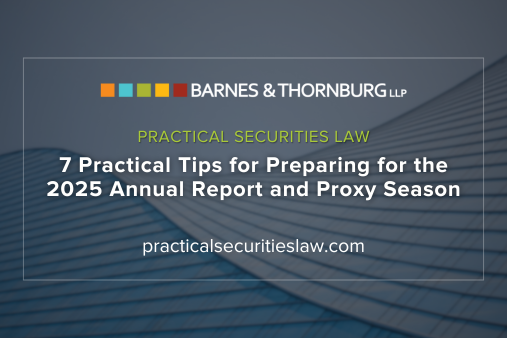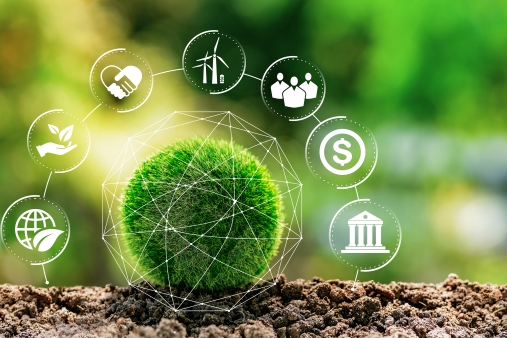Over two years after publishing its draft Guidance on mobile applications specific to medicine or healthcare that are designed for use on smartphones, tablets, or other mobile computing devices (mobile medical apps), the FDA has issued the final version of the Guidance. The wait may have been worth it, however, given the importance of the category and the substantial changes between the draft and final versions, including increased specificity which suggests the FDA used the two years in part to survey the market. As to the importance of the category, in the draft the FDA cited one source as estimating that 500 million smartphone users worldwide will be using a mobile medical app by 2015
According to the Guidance, the FDA intends to limit its regulatory oversight to those mobile apps that are medical devices and whose functionality could pose a risk to a patient’s safety if the mobile app were to not function as intended. The Guidance includes several appendices with lengthy lists of the types of apps (1) that are not medical devices, (2) that are medical devices but over which FDA will exercise “enforcement discretion” (i.e., not regulate), and (3) that FDA will regulate based on their potential to impact patient safety.
Examples of apps that are not medical devices per the Guidance include the following:
- Mobile apps that are intended to provide access to electronic “copies” (e.g., e-books, audio books) of medical textbooks or other reference materials with generic text search capabilities
- Mobile apps that are intended for health care providers to use as educational tools for medical training or to reinforce training previously received
- Mobile apps that are intended for general patient education and facilitate patient access to commonly used reference information
- Mobile apps that automate general office operations in a health care setting and are not intended for use in the diagnosis of disease or other conditions, or in the cure, mitigation, treatment, or prevention of disease
- Mobile apps that are generic aids or general purpose products (not intended to diagnose disease or other conditions)
Examples of apps that ARE medical devices, but which FDA does NOT intend to regulate, include the following:
- Mobile apps that help patients with diagnosed psychiatric conditions (e.g., post-traumatic stress disorder (PTSD), depression, anxiety, obsessive compulsive disorder) maintain their behavioral coping skills by providing a “Skill of the Day” behavioral technique or audio messages that the user can access when experiencing increased anxiety
- Mobile apps that provide periodic educational information, reminders, or motivational guidance to smokers trying to quit, patients recovering from addiction, or pregnant women
- Mobile apps that use GPS location information to alert asthmatics of environmental conditions that may cause asthma symptoms or alert an addiction patient (substance abuser) when near a pre-identified, high-risk location
- Mobile apps that use video and video games to motivate patients to do their physical therapy exercises at home
- Mobile apps that prompt a user to enter which herb and drug they would like to take concurrently and provide information about whether interactions have been seen in the literature and a summary of what type of interaction was reported
- Mobile apps that help asthmatics track inhaler usage, asthma episodes experienced, location of user at the time of an attack, or environmental triggers of asthma attacks
- Mobile apps that prompt the user to manually enter symptomatic, behavioral or environmental information, the specifics of which are pre-defined by a health care provider, and store the information for later review
- Mobile apps that use patient characteristics such as age, sex, and behavioral risk factors to provide patient-specific screening, counseling and preventive recommendations from well-known and established authorities
- Mobile apps that use a checklist of common signs and symptoms to provide a list of possible medical conditions and advice on when to consult a health care provider
- Mobile apps that guide a user through a questionnaire of signs and symptoms to provide a recommendation for the type of health care facility most appropriate to their needs
- Mobile apps that record the clinical conversation a clinician has with a patient and sends it (or a link) to the patient to access after the visit
- Mobile apps that are intended to allow a user to initiate a pre-specified nurse call or emergency call using broadband or cellular phone technology
- Mobile apps that enable a patient or caregiver to create and send an alert or general emergency notification to first responders
- Mobile apps that keep track of medications and provide user-configured reminders for improved medication adherence
- Mobile apps that provide patients a portal into their own health information
- Mobile apps that aggregate and display trends in personal health incidents (e.g., hospitalization rates or alert notification rates)
- Mobile apps that allow a user to collect blood pressure data and share this data through e-mail, track and trend it, or upload it to a personal or electronic health record
- Mobile apps that provide oral health reminders or tracking tools for users with gum disease
- Mobile apps that provide pre-diabetes patients with guidance or tools to help them develop better eating habits or increase physical activity
- Mobile apps that display, at opportune times, images or other messages for a substance abuser who wants to stop addictive behavior
- Mobile apps that are intended for individuals to log, record, track, evaluate, or make decisions or behavioral suggestions related to developing or maintaining general fitness, health or wellness
Finally, examples of apps that ARE medical devices and that FDA DOES intend to regulate include the following:
- Mobile apps that use a sensor or lead that is connected to a mobile platform to measure and display the electrical signal produced by the heart (electrocardiograph or ECG)
- Mobile apps that use a sensor or electrode attached to the mobile platform or tools within the mobile platform itself (e.g., microphone and speaker) to electronically amplify and “project sounds associated with the heart, arteries and veins and other internal organs” (i.e., an electronic stethoscope)
- Mobile apps that use a sensor or electrode attached to the mobile platform or tools within the mobile platform itself (e.g., accelerometer) to measure physiological parameters during cardiopulmonary resuscitation (CPR) and give feedback about the quality of CPR being delivered
- Mobile apps that use a sensor attached to the mobile platform or tools within the mobile platform itself to record, view, or analyze eye movements for use in the diagnosis of balance disorders (i.e., nystagmograph)
- Mobile apps that use tools within the mobile platform (e.g., a speaker) to produce controlled levels of test tones and signals intended for use in conducting diagnostic hearing evaluations and assisting in the diagnosis of possible otologic disorders (i.e., an audiometer)
- Mobile apps that use a sensor attached to the mobile platform or tools within the mobile platform itself (e.g., accelerometer) to measure the degree of tremor caused by certain diseases (i.e., a tremor transducer)
- Mobile apps that use a sensor attached to the mobile platform or tools within the mobile platform itself (e.g., accelerometer, microphone) to measure physiological parameters (e.g., limb movement, electrical activity of the brain (EEG)) during sleep and are intended for use in diagnosis of specific diseases or conditions such as sleep apnea
- Mobile apps that use an attachment to the mobile platform to measure blood oxygen saturation for diagnosis of specific disease or condition
- Mobile apps that present donor history questions to a potential blood donor and record and/or transmit the responses to those questions for a blood collection facility to use in determining blood donor eligibility prior to collection of blood or blood components
- Mobile apps that use an attachment to the mobile platform to measure blood glucose levels
- Mobile apps that use that use an attachment to the mobile platform (e.g., light source, laser) to treat acne, reduce wrinkles, or remove hair
- Mobile apps that alter the function or settings of an infusion pump
- Mobile apps that act as wireless remote controls or synchronization devices for computed tomography (CT) or X-Ray machines
- Mobile apps that control or change settings of an implantable neuromuscular stimulator
- Mobile apps that calibrate, control, or change settings of a cochlear implant
- Mobile apps that control the inflation or deflation of a blood-pressure cuff
- Mobile apps that connect to a nursing central station and display medical device data to a physician’s mobile platform for review (i.e., a medical device data system or MDDS)
- Mobile apps that connect to bedside (or cardiac) monitors and transfer the data to a central viewing station for display and active patient monitoring
- Mobile apps that connect to a perinatal monitoring system and transfer uterine contraction and fetal heart rate data to another display to allow for remote monitoring of labor progress
A copy of the final Guidance can be found here.
A copy of our Alert on the draft version of the Guidance can be found here.
For more information, please contact the Barnes & Thornburg LLP attorney with whom you work or one of the following attorneys in the firm’s Food, Drug & Device group: Lynn Tyler at (317) 231-7392 or lynn.tyler@btlaw.com; and Hae Park-Suk at (202) 408-6919 or hae.park.suk@btlaw.com.
Visit us online at www.btlaw.com/food-drug-and-device-law-practices.
© 2013 Barnes & Thornburg LLP. All Rights Reserved. This page, and all information on it, is proprietary and the property of Barnes & Thornburg LLP. It may not be reproduced, in any form, without the express written consent of Barnes & Thornburg LLP.
This Barnes & Thornburg LLP publication should not be construed as legal advice or legal opinion on any specific facts or circumstances. The contents are intended for general informational purposes only, and you are urged to consult your own lawyer on any specific legal questions you may have concerning your situation.











/Passle/6488d4630e7e25c9ac9f834a/SearchServiceImages/2025-01-10-22-16-01-995-67819c21f01b92931abcaac4.jpg)

